R-SL-FIX-HYBR Polymer Hybrid Sealing Adhesive
Hybrid adhesive - flexible adhesive
Features and benefits
- Excellent adhesion to common construction materials
- Solvent and isocyanates free - can be painted
- Excellent transparency, precise and invisible joints
- Can be applied on wet substrates
- Odorless, insensitive to chemicals - weak acids, alkalis, solvents and oils
- Can be painted after curing (including water paints)
Base material
-
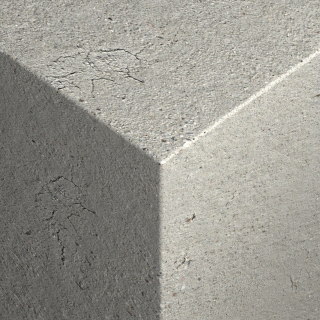
Concrete
-
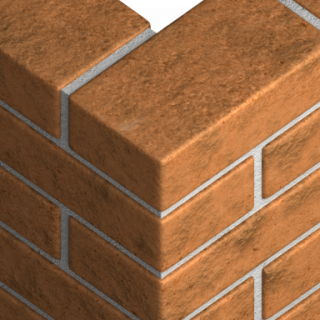
Masonry
-
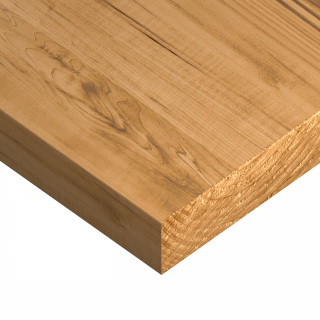
Wood
-
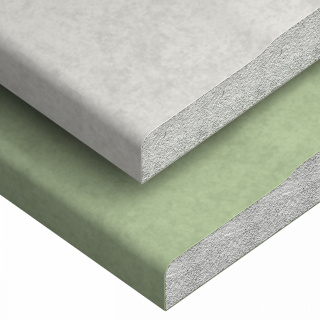
Plasterboard
-
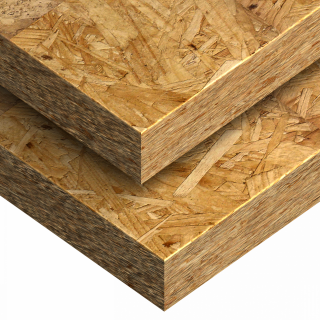
Oriented Strand Board
-
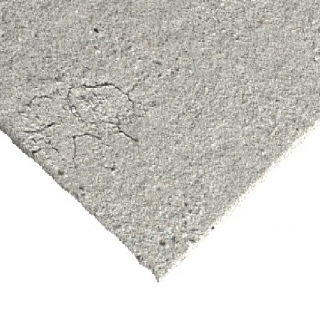
Plaster
-

Cork
-

High-Density Natural Stone
-

Glaze
-
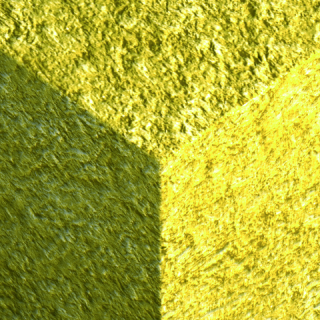
Mineral Wool Boards
-
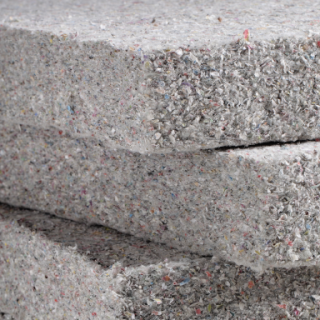
Non-plastered, Pressure-resistant Insulation Boards
-
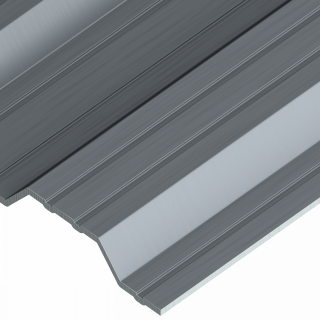
Metal Sheet & Profiles
-

Stainless Steel
For use also with
-
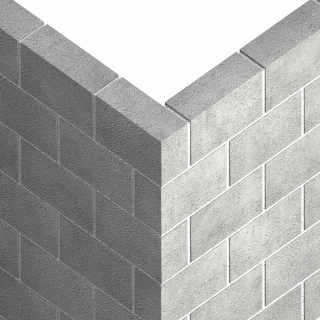
Solid Concrete Block
-
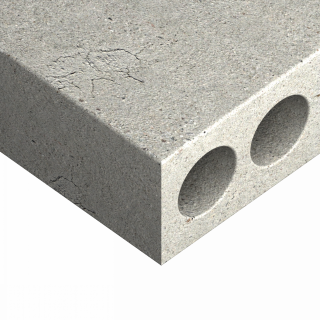
Hollow-core Slab
-
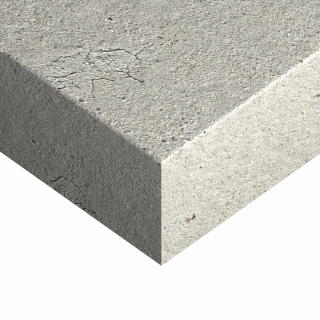
Concrete Slab
-
.png)
Aerated Concrete Block
-
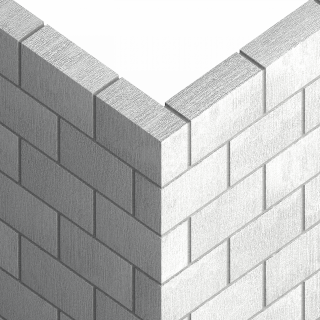
Lightweight Concrete Block
-
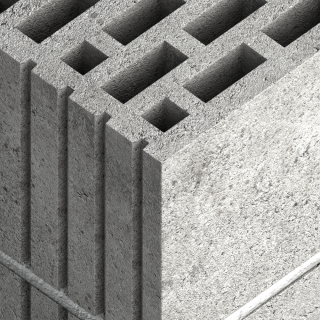
Hollow Lightweight Concrete Block
-

Silicate Blocks
-
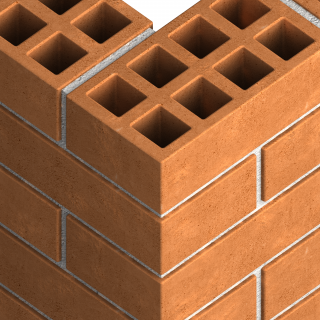
Hollow Brick
-
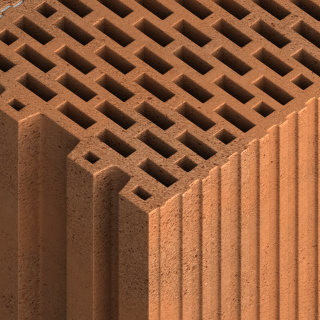
Vertically-perforated Clay Block
-
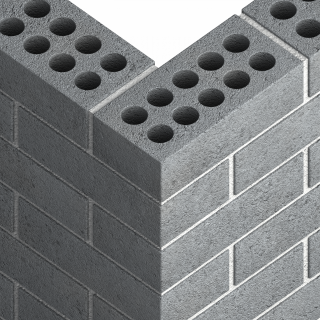
Hollow Sand-lime Brick
-

Solid Brick
-
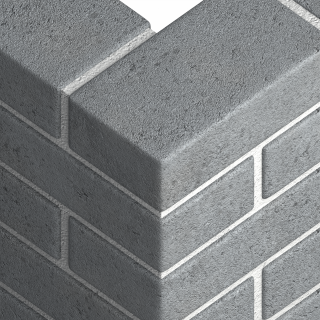
Solid Sand-lime Brick
-

Ceramic Hollow Block
-
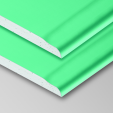
Gypsum Fibreboards
-

Chipboard
-

Oriented Strand Board
-
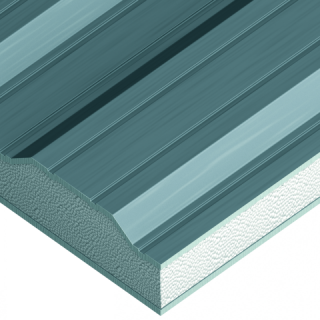
Sandwich Pannel
-
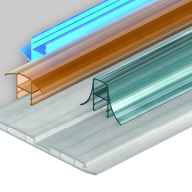
PVC Profile
Applications
- Bonding and sealing of many construction materials such as natural stone, wood, concrete, metal, brick, glass, mirrors, metal, ceramics, plaster, polyurethane, plastics, chipboards, etc.
- Flexible connections in vibrating elements.
- Industrial seals (cold rooms, automotive, containers, glazing, etc.).
- The connections between galvanized steel, brass and other metals.
- Ideal as a sealant. It can be used for sealing in bathroom and kitchen or in other places where protection against water penetration is required.
Installation guide
- The surface, that adhesive will be apllied on, should be clean, free of dust, grease, rust, remains of old seal and other substances that might weaken the cohesion.
- Prior to application of adhesive protect edges with masking tape.
- Cut the tip of the cartridge, leaving part of the thread. Screw the applicator on to the thread, then cut at the required angle to give an aperture width suited to the joint.
- Place the cartridge in the extruding gun and apply the adhesive with manual or pneumatic gun.
- Applied glue may be smoothed with a spatula or similar tool. Moisten the spatula first in special wetting agent or detergent solution.
- The adhesive hardens by reaction with moisture from the air, so ensure well-ventilated conditions.
- After completing the application, wipe tools with a paper towel and clean with solvent.
Contact us to get information about product availability and its price
